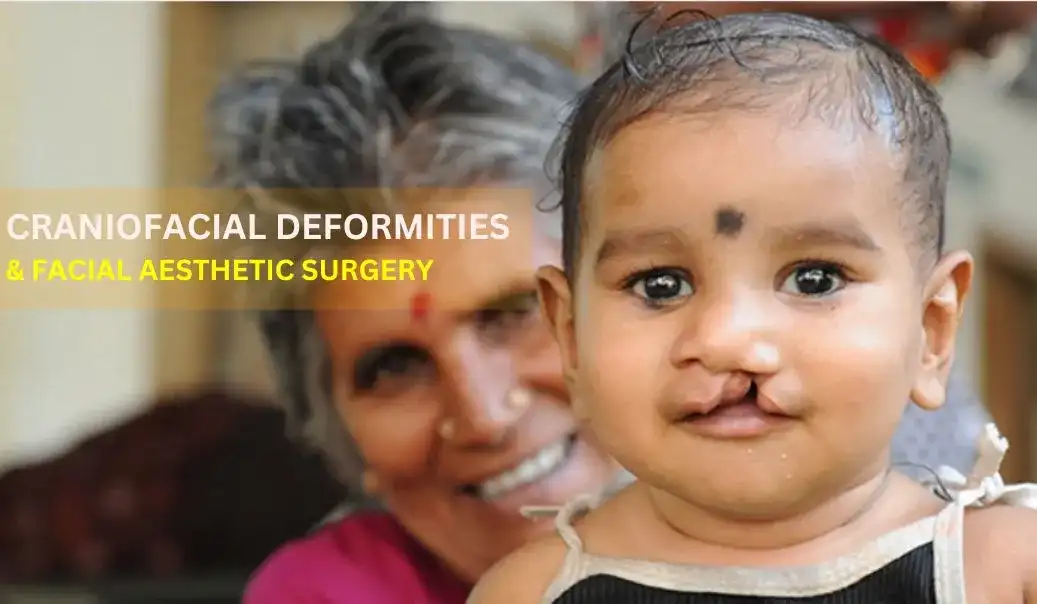A face is so much more than just an anatomical structure, it is our identity. It is the physical representation of who we are and a reflection of our state of mind. So often it defines us as who we are, and projects all of our thoughts & feelings. As much of anatomy & physiology, our face is just as much emotion & aesthetics.
Facial deformities & craniofacial conditions also tend to have an impact on the way the individual is able to see, breathe, swallow, chew, hear, and interact with others, while also having a significant impact on their self-confidence and self-esteem.
According to a survey by the Indian health ministry, 1 in every 700 children born in India has a cleft lip, cleft palate, or other form of facial deformity. This is a much higher than the global average and a very high number in absolute terms. The same survey also points out to a million cases of cleft lip or facial deformities that remain yet unaddressed in the country due to the lack of adequate infrastructure and awareness.
In addition to the anatomical & physiological challenges facial deformities also have a social stigma associated with them. This leads to behavioral and social-interactive challenges for the children born with such deformities. Also, they have to deal with social bias, low self-esteem, and emotional trauma.
🥗 Healthy Plate Challenge
🍽 Add Your Favorite Dish
Pick Your 6 favorite foods, eat, and see the results.Drag & drop foods onto your plate.
Drop Food Here
Some of the common congenital craniofacial abnormalities include:
Cleft lip and cleft palate: A separation seen in the upper lip and the palate.
Craniosynostosis: This is the premature closure of the soft spots in an infant’s skull.
Hemifacial microsomia: Underdevelopment of the tissues on one side of the face.
Vascular malformation: Abnormalities in the development of blood vessels.
Hemangioma: Benign tumors that leave a red birthmark.
Causes of congenital craniofacial abnormalities:
Genetic Factors: Inherited from either one or both parents, or anomalies in the mutation of the same at the time of conception.
Environmental Factors: Prenatal exposure of the parents to certain substances or toxins or chemicals could be a potential cause for congenital abnormalities.
Folic Acid Deficiency: Women who undergo their pregnancy term with a folic acid deficiency have a higher chance of children born with craniofacial deformities.
Treatment of craniofacial deformities
Facial Aesthetics & Craniofacial Surgery is a highly specialized surgical sub-specialty that deals with the correction of complex facial deformities and craniofacial conditions. These conditions affect the bones and soft tissues located in the head and face, and are either congenital in nature or may be due to a traumatic injury.
The common forms of craniofacial surgeries include:
- Cleft palate repair
- Craniofacial synostosis
- Craniosynostosis
- Distraction osteogenesis
- Maxillofacial Surgery
- Osteotomy
- Trigonocephaly
- Brachycephaly
- Fronto-facial surgery
- Jaw surgery
Our craniofacial surgeons perform all types of craniofacial surgery. To know more about craniofacial surgery, book your appointment with our Best Craniofacial Surgeons.
.webp)














